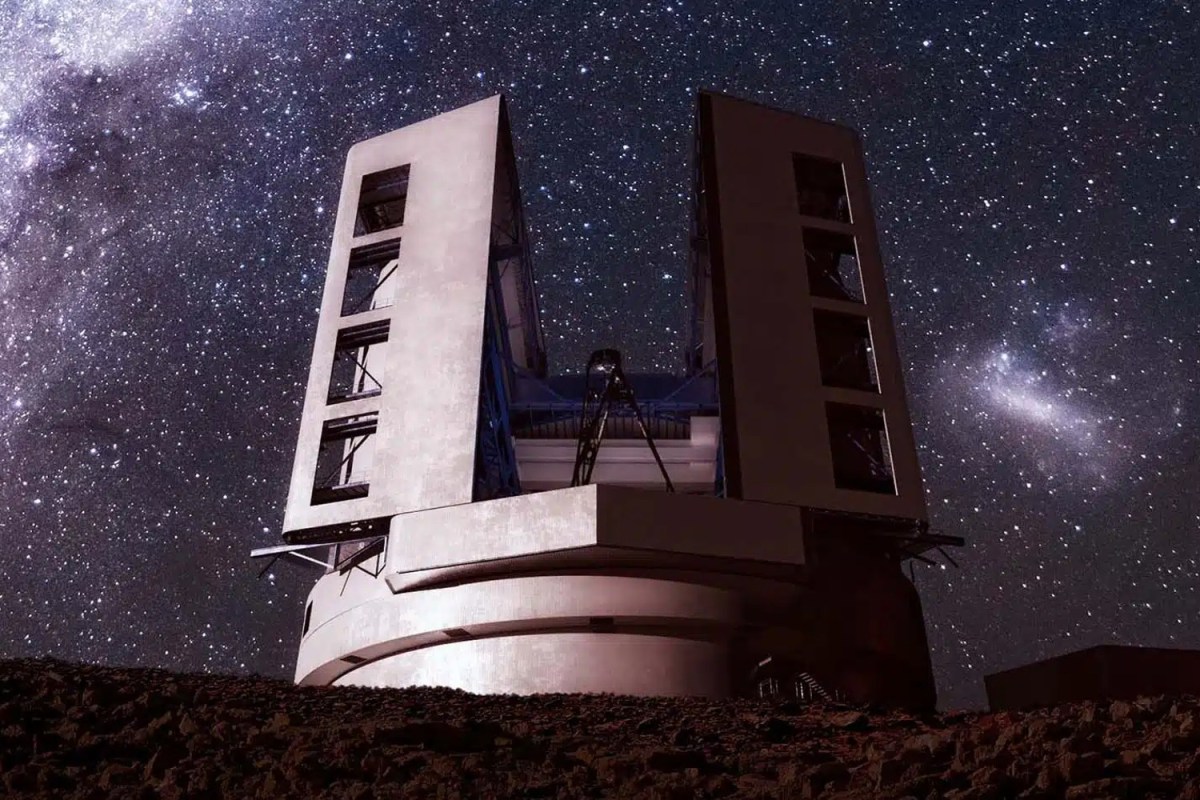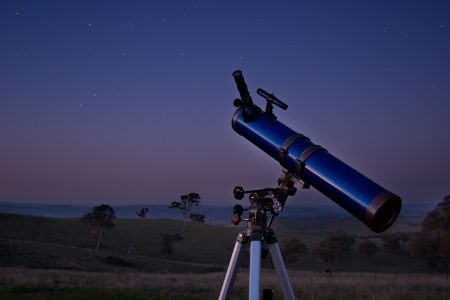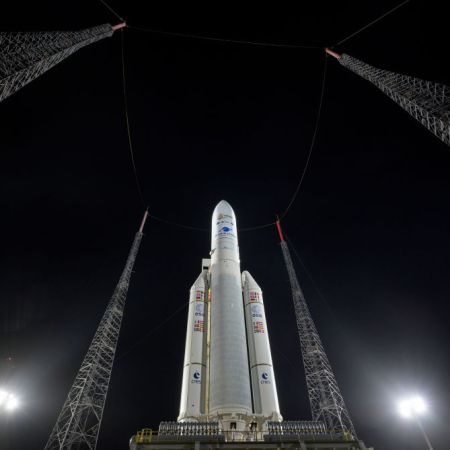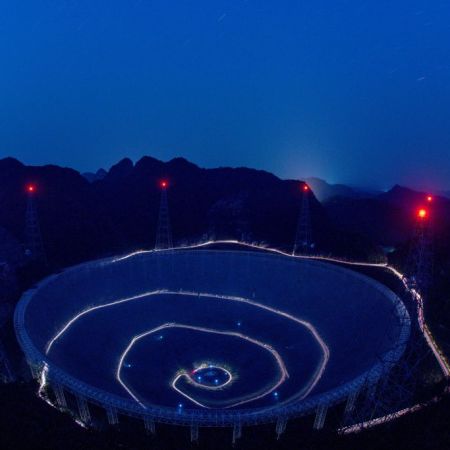When it comes to the technology used to learn more about the universe, technological advances come at a rapid pace. That’s good news in terms of expanding humanity’s understanding of the cosmos, but it also has some drawbacks — namely, that massive telescopes aren’t exactly cheap. The collapse of the Arecibo Observatory a few years ago is indicative of the scale of such projects — and of the high cost of building and operating them.
Now, the fates of two cutting-edge facilities scheduled for completion in the coming years are looking a little more tenuous than they once did. That’s the big takeaway from a recent article by Monisha Ravisetti at Space.com. As Ravisetti reports, some scientists are concerned about the planned completion of the Thirty Meter Telescope International Observatory and the Giant Magellan Telescope. Both are in the works, but there may be less funding than expected to complete both facilities.
Ravisetti points to a recent recommendation by the National Science Board to cap funding for massive telescopes at $1.6 billion. In that announcement, the NSB also recommended that the National Science Foundation have “its plan to select which of the two candidate telescopes the Agency plans to continue to support” by May of this year.
As Space.com’s reporting makes clear, each of the two telescopes is powerful on its own, but having both in operation would allow for an even greater array of data to be gathered.
Amazon’s Project Kuiper Satellites Could Help Ruin Astronomy
Last month, the FCC approved 3,236 “low Earth orbit” satellitesIn a statement released in the wake of the NSB’s announcement, the Giant Magellan Telescope said that they “respect the National Science Board’s recommendation to the National Science Foundation and remain committed to working closely with the NSF and the astronomical community” — and cited the Decadal Survey on Astronomy and Astrophysics 2020, which shared goals for the fields in question in the years to come. The next few months could have a major impact on which of those goals come to fruition.
This article appeared in an InsideHook newsletter. Sign up for free to get more on travel, wellness, style, drinking, and culture.



















